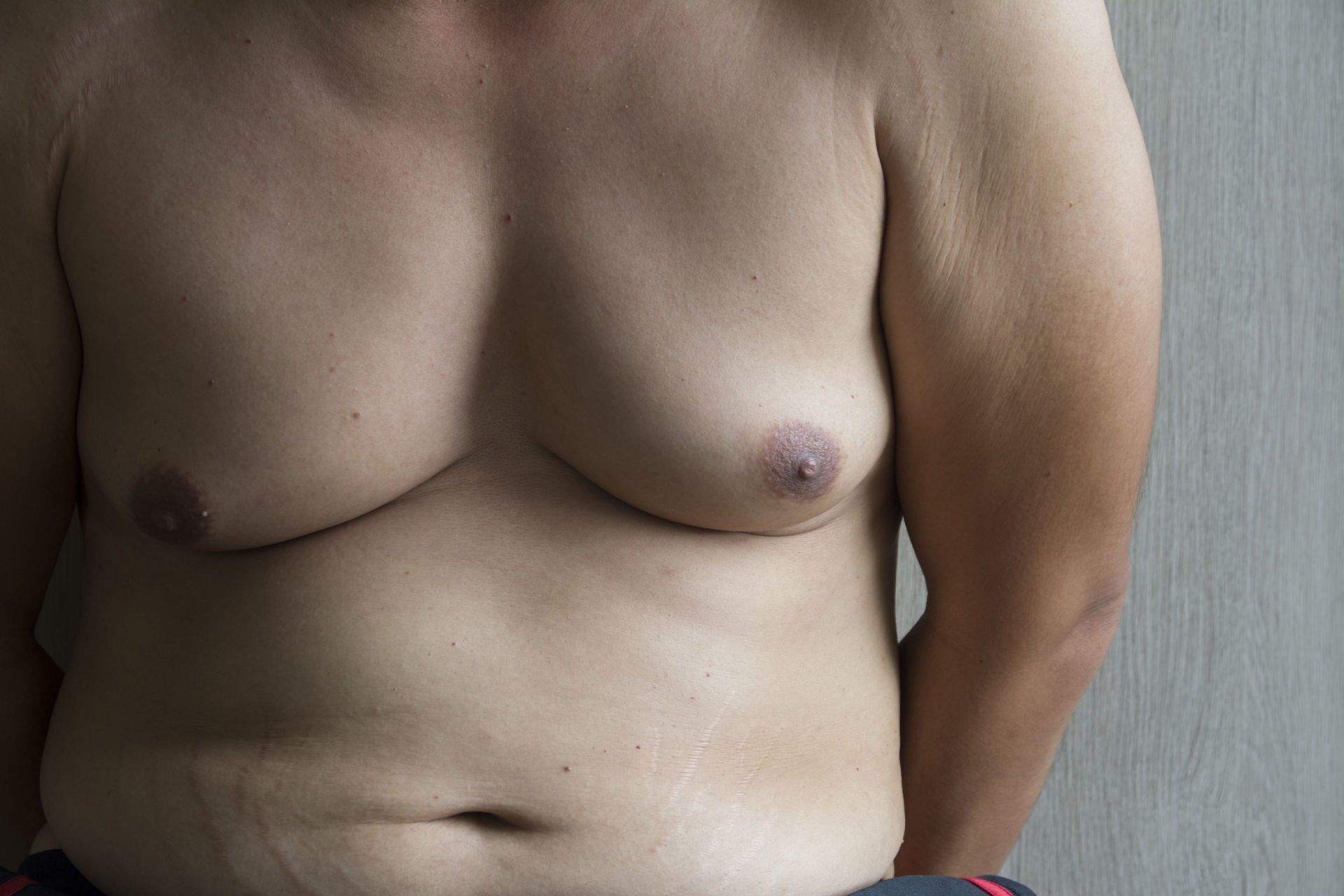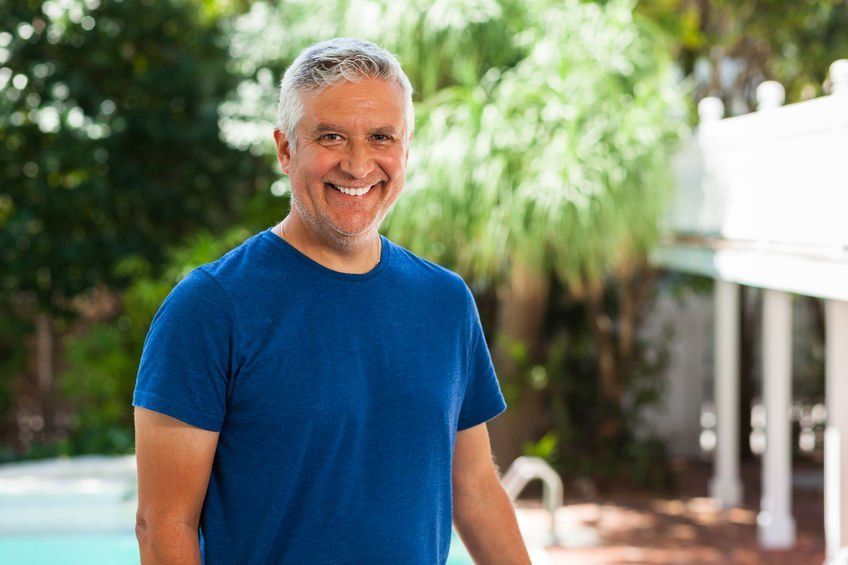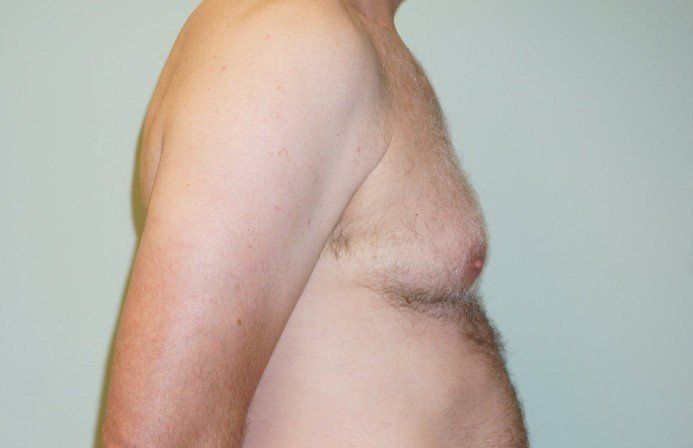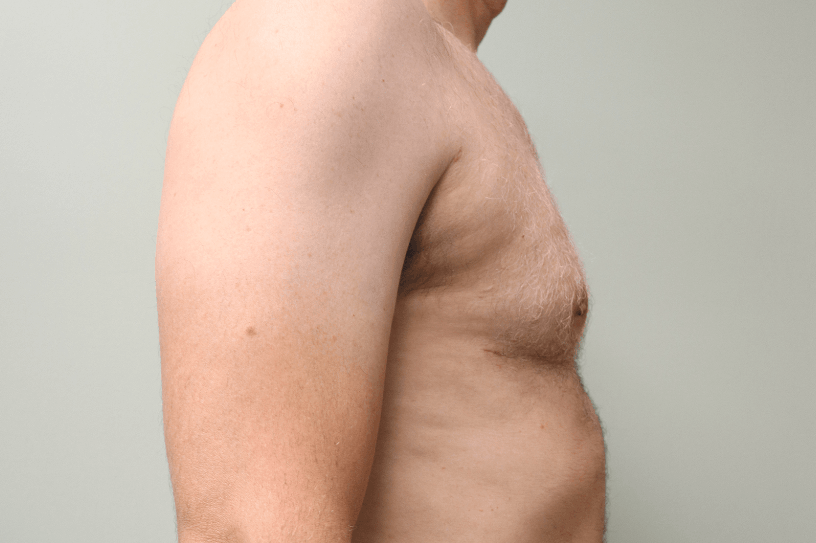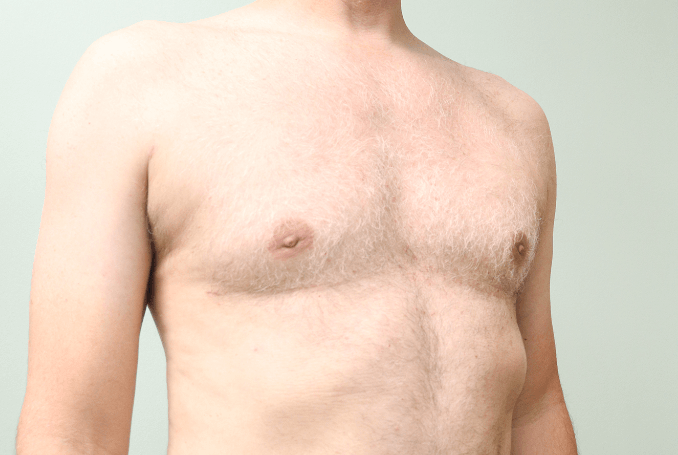Schedule A Discreet Consultation
- Dr. Robey is a Quadruple Board Certified Plastic Surgeon
- Remove Fat & Reshape Your Chest Area
- Remove Gynecomastia
- Chest Reduction & Liposuction
Call Dr. Robey today and learn more about your options.
Voted Indy's Top Plastic / Cosmetic Surgeon
Discreet. Natural-Looking Procedures
Get Started
Experienced Plastic Surgeon
- 4x Board Certified Plastic Surgeon
- Board Certified Reconstructive Plastic Surgeon
- Board Certified Facial Plastic Surgeon
- Board Certified Head & Neck Surgeon / ENT
- Board Certified Anti-Aging & Regenerative Medicine
- Top Doctor
- Patient Choice Award Winner
- Voted Compassionate Doctor Winner
- Published Author & International Speaker
- Indy's Top Plastic Surgeon 2022, 2023
- 1 of 13 Doctors Worldwide with Prestigious Certifications


What is Gynecomastia?
Gynecomastia is a diagnosis given to men that have female appearing breasts. The incidence of gynecomastia in men is 32-36% (just over 1/3rd of men). 60-80% of pubertal boys experience at least a transient degree in breast fullness.
Gynecomastia falls into two broad categories but men can have a little bit of both in many instances
- True gynecomastia: abnormal enlargement of breasts in men, looking like female breasts; this includes an increased glandular component
- Pseudogynecomastia: enlarged breasts from increased adipose tissue in male chests, which also looks like female breasts
Regardless of the category, it can be very distressing for men to have breasts that look like the breasts of a woman.
Work-up and Evaluation of Gynecomastia
Pseudogynecomastia is usually associated with increased overall weight; it can improve with weight loss. However, some men find that this is one of the last places that they lose their excess fat, so this is where contouring can be really beneficial.
True gynecomastia is often best treated with surgery. It is ideal to rule out other causes for gynecomastia such as certain drugs (e.g. testosterone, omeprazole, methamphetamines, etc), recreational substances like marijuana, thyroid disease, testicular problems, and liver disease.
After a comprehensive medical history and physical examination, which are part of one's routine annual health examinations, it is rare that further tests and labs are recommended.
Surgical Treatment for Gynecomastia
Minimally Invasive Gynecomastia Reduction
Liposuction is the most common modality utilized for treatment of gynecomastia, commonly with power or ultrasound assistance. For the areas where there is a dense, subareolar glandular component that cannot be suctioned out, microdebridement with a sinus/arthroscopy shaver can be used to contour this rubbery fullness. The minimally invasive access points involve one or two sub-centimeter incisions placed along each of the lateral chest walls.
For patients with some degree of skin laxity, Dr. Robey will also recommend implementation of BodyTite to improve the skin laxity with radiofrequency soft tissue contractions. BodyTite is a single treatment performed at the same time as the gynecomastia reduction to tighten the skin by increasing collagen and elastin content.
Excisional Gynecomastia Reduction
A direct periareolar incision can be placed to directly de-bulk subareolar fullness, but this has been mostly replaced with the minimally invasive approach for men without significant skin laxity. The direct excisional approach leaves a centralized scar that is a telltale sign of chest contouring surgery.
For men with a degree of skin laxity that would not improve enough with minimally invasive skin tightening, a more traditional surgical approach is often warranted. My preferred method for large excisional gynecomastia reductions involves an incision along the inferior border of the pectoralis major muscle with the nipple and areola placed in its ideal position on the chest wall as a graft. Of note, it is important to remember that men have smaller and oval shaped areola. Dr. Robey notes that it is important that these aesthetic ideals are taken into consideration for your operative plan.
Postoperative Recovery for Gynecomastia Reduction
MInimally Invasive Gynecomastia Reduction
- Absorbable sutures that don't require removal
- Compression vest for 2-3 weeks
- 2 weeks of no strenuous activities
Excisional Gynecomastia Reduction with Free Nipple Grafts
- Bolster dressings over NAC x 1 week
- Compression vest for 2-3 weeks
- 2 weeks of no strenuous activities
The normal male breast is relatively flat with a certain degree of fullness around the nipple–areola complex (NAC) On average, the nipple is located at 20 cm from the sternal notch in males, and the NAC measures 28 mm.
Schedule a virtual online consultation or in-office
Quadruple Board Certified Plastic Surgeon Dr. Ashley Robey, MD
Gynecomastia Surgery
BEFORE

Dr. Ashley Robey, MD
- Quadruple Board Certified Plastic Surgeon
- Named TOP DOCTOR
- Patient Choice Award Winner
- Awarded On-Time Doctor Award by Patients
- Compassionate Doctor Recognition Award
- Indy's Top Plastic Surgeon 2022, 2023








